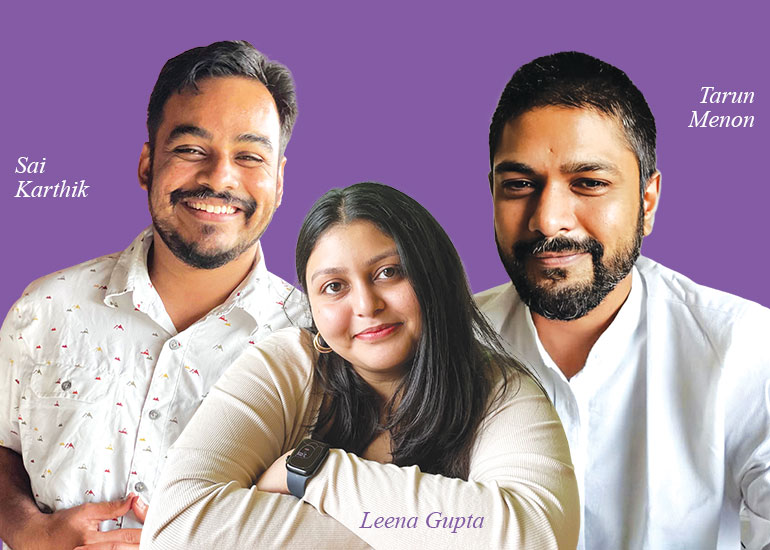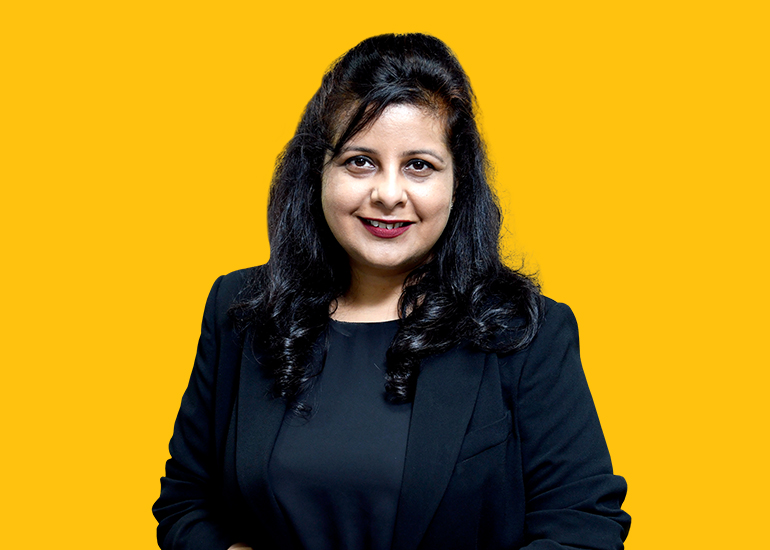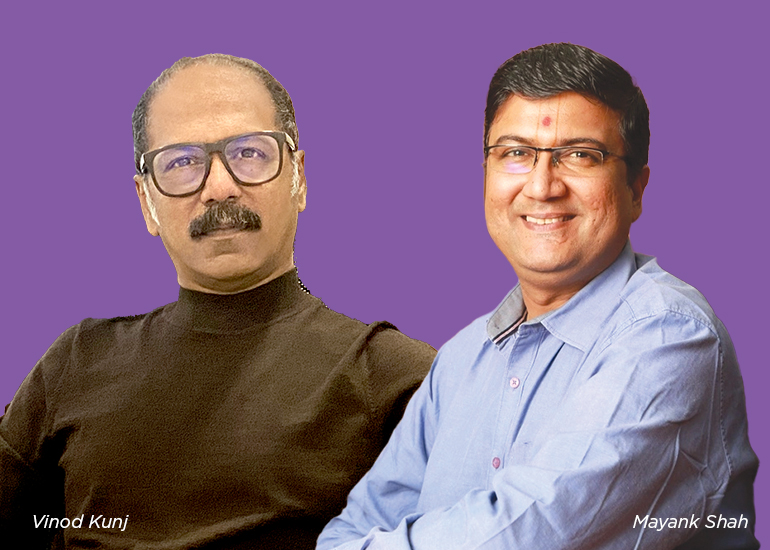Q] What is the marketing mix of your company and the mediums that are used for advertising?
Tarun: We use a mix of brand media and performance media, wherein performance media largely falls under the Meta and Google ecosystems. We also use YouTube under brand media. There is some focus on TV, but the majority of our media spends goes towards Digital. With our last three campaigns, we have been focusing on Connected TV.
For our latest campaign, we didn’t spend on traditional media. When we were developing the campaign with the team at Talented, the intent was to identify a strong insight, execute it sensitively, and then push just a little via the right sense to generate conversation around that. This was a well-constructed distribution strategy that did not rely on traditional media to generate conversation.
Q] Now that Urban Company is planning to increase its focus on Tier ll markets, how do you plan to execute this move? Are there other areas and markets that can be potential growth drivers for you?
Tarun: Our core target audience, where we see the highest product-market fit, is Tier I metro cities. Here, individuals like all of us are strapped for time but need to get things done. We’re going on with our lives, but we are stretched in the process. So, the nature of our services, which are professional, home, and personal care services operating in unorganised markets, is a breath of fresh air. That’s how we see the strongest product-market fit, and naturally, this plays out in Tier I metro cities. We are also seeing Tier II cities grow. There, the focus is on the growing awareness of our services as well as consideration. From a geographical point of view, that’s how our business plays out. In terms of growth areas that we’re looking at, we’ve recently launched a product portfolio with an RO device called Native. Our focus has been on attempting to ease some of the pains that consumers have to put up with across services, and in this case, products. The product has been designed considering one of the largest pain points for consumers in this category, which is that filters need to be changed. While your initial cost of a device may not be very high, your total cost of ownership over two to three years with frequent filter changes is where consumers feel short-chipped. Our new device does not need a change of filters for up to two years.

Q] Urban Company has forayed into the consumer product segment with RO purifiers. I want to know what is the reason behind this and how the results have been so far.
Tarun: We’ve operated in the appliance repair and servicing space for a very long time. We’ve serviced over a million RO devices. As a service company, we know exactly what the pain points are for consumers, and like I said earlier, filter change is the most frequently reoccurring issue. We started by manufacturing filters which were well received. The next natural line of thinking was to go to OEMs and figure out partnerships. We then decided to build our device, knowing that this was a consumer problem we wanted to solve. It led to tremendous pickup, both offline in terms of retail and on Amazon. We began to retail just before Diwali, and we’re beginning to see fruits of our labour.
Q] On your 9th anniversary, you came up with a campaign that educates dignity and respect across jobs and whatever you do. What was the idea behind this campaign?
Tarun: I will start by giving ample credit to the team at Talented, as we don’t think we would have been able to produce it without them. The genesis of this campaign comes from what Urban Company does, offering services with a high degree of professionalism facilitated by service professionals who are trained, verified, and certified even by the NSDC. Urban Company has about 200 odd service training centres where each partner goes through a two to twelve-week training programme before they take on services. However, not all consumers are aware of this. There’s also a certain degree of cultural baggage that dictates how a segment of society looks at someone coming into their home, which is typically blue-collar or labour. We wanted to build the profile of the service professional so that they would be seen as someone who is not a stranger, but as a trained professional.
Sai: We wanted to add more to the narrative. Whenever blue-collared workers are around homes, there is an increased surveillance. This is not just true for any UC professional per se, but for every labourer who comes into the home to do everyday work. We wanted to combat this phenomenon with the sensible professionalism that UC employees offer. We realised that if this becomes a conversation about the dignity of labour, then that becomes a beautiful and interesting turning point for the creative team. That is why the strategy was to emphasize how work is worship, which is a very culturally relevant dialogue in our country.
Leena: There is a respect gap that exists between blue-collar and white-collar workers in our country. There is no internalised surveillance when a doctor visits someone’s home, but it’s not the same for blue-collar workers. There is a lack of respect for blue-collar workers, as people feel that they don’t possess skills or are not well-trained. A lot of insights also came from school, where our teachers used to say, study or you will land a blue-collar job. People don’t understand that if these professions cease to exist, the world will stop functioning. Sometimes we are so intent on telling stories that we don’t do justice to the stories of the people we are talking about. So, we decided to tell the story of Yuvi, an innocent child. He wasn’t born with any preconceived notions, but he says whatever he picks from his surroundings, highlighting the lack of respect for blue-collar jobs.























